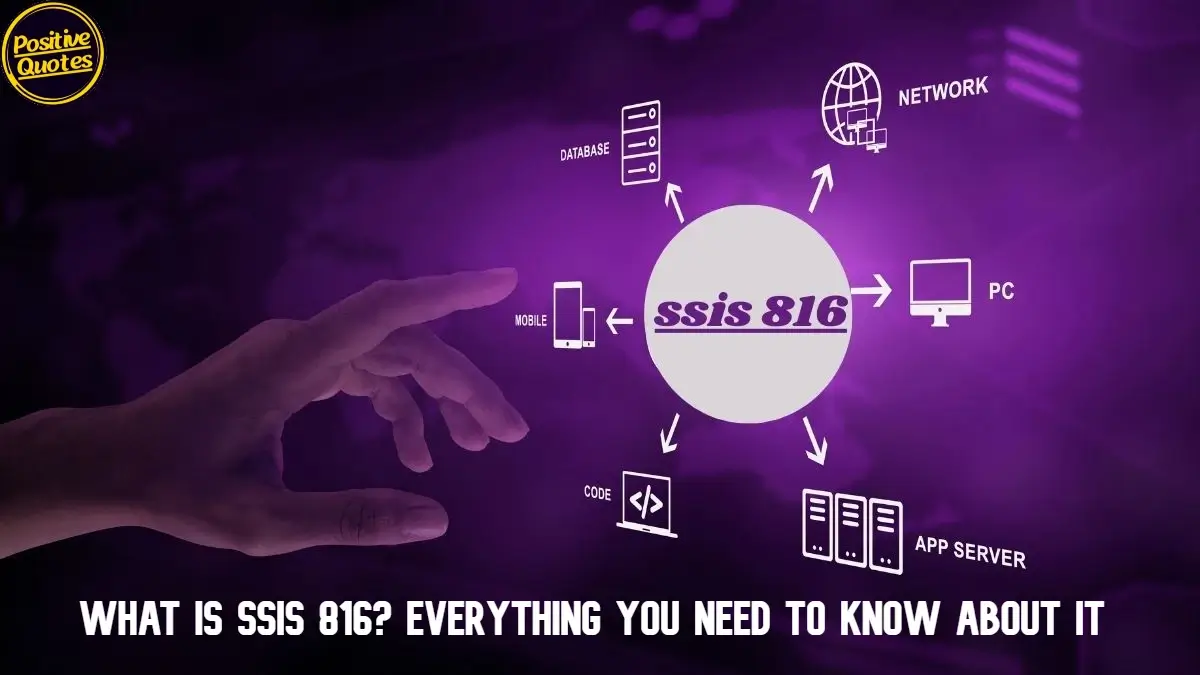Introduction:
In the ever-evolving landscape of data management, staying abreast of cutting-edge technologies is paramount for data professionals.
Among the arsenal of tools at their disposal, SQL Server Integration Services (SSIS) stands out as Microsoft’s robust solution for enterprise data integration, transformation, and migration.
The release of SQL Server Integration Services 2016 (SSIS 816) marked a significant leap forward, introducing a plethora of features geared towards scalability, performance, and usability.
Now, with the dawn of SSIS 2019, data professionals can delve into a realm of enhanced capabilities and unprecedented advantages.
What Is SSIS 816?
Before diving into the intricacies of SSIS 2019, let’s revisit the fundamentals. SQL Server Integration Services is a pivotal component in the Microsoft SQL Server suite, designed to facilitate seamless data integration, transformation, and migration. As a data professional, harnessing the power of SSIS ensures efficient management of vast datasets and streamlining complex workflows.
Evolution from SSIS 2016 to SSIS 2019
SSIS 2016 laid the groundwork for a new era in data management, introducing features that addressed the growing demands of modern businesses. With SSIS 2019, Microsoft has built upon this foundation, incorporating additional enhancements to empower data professionals further. From improved performance capabilities to refined usability, SSIS 2019 sets a new standard for data integration tools.
Key Features of SSIS 2019
1. Enhanced Scale:
- Explore the expanded scalability features that enable handling larger datasets with ease.
- Harness the power of parallel processing to enhance overall performance.
2. Performance Boost:
- Delve into the performance improvements introduced in SSIS 2019, ensuring optimal execution of data workflows.
- Leverage advanced optimization techniques for faster and more efficient data transformations.
3. Usability Upgrades:
- Discover the user-friendly enhancements that simplify the development and maintenance of SSIS packages.
- Streamline your workflow with an intuitive and responsive design interface.
4. Connectivity Advancements:
- Uncover the extended connectivity options, allowing seamless integration with a broader range of data sources and destinations.
- Explore the compatibility with the latest industry standards for enhanced interoperability.
Overcoming Challenges: Common Issues and Solutions
In implementing SQL Server Integration Services (SSIS) 2019, swift solutions address common challenges. To enhance performance, optimize parallel processing, minimize data movement, and fine-tune memory settings.
Combat compatibility concerns by updating drivers, and connectors, and exploring third-party components. Simplify package deployment with standardized environments, project models, and parameterization.
Overcome versioning issues by integrating with Git or TFS, implementing versioning strategies, and adhering to project management best practices. Enhance error handling with customized SSIS logging configurations.
Ensure data security by utilizing protection levels, encryption options, and secure storage. Optimize resource usage by monitoring and adjusting buffer sizes and workload distribution.
simplify maintenance and troubleshooting through naming conventions, annotations, and effective debugging tools. These solutions streamline SSIS 2019 implementation, fostering a robust data integration framework.
Benefits Of SSIS 816
- Enhanced Performance: SSIS 2019 brings optimization features, ensuring faster and more efficient data transformations, leading to improved overall performance.
- Advanced Scalability: The tool allows for handling larger datasets with ease, facilitating seamless scalability to accommodate the growing data demands of modern businesses.
- Usability Improvements: SSIS 2019 boasts user-friendly enhancements, simplifying the development and maintenance of packages, thereby reducing complexities in workflow management.
- Extended Connectivity: With compatibility improvements, SSIS 2019 enables seamless integration with a broader range of data sources and destinations, enhancing connectivity options.
- Optimized Resource Utilization: The tool offers better management of system resources during execution, leading to efficient use of memory and other critical components.
- Parallel Processing Capabilities: Leveraging parallel processing, SSIS 2019 ensures that data workflows are executed concurrently, optimizing performance and reducing execution times.
- Robust Error Handling: SSIS 2019 provides advanced error-handling routines, aiding in the identification and resolution of issues during package execution, contributing to smoother data workflows.
- Secure Data Management: The inclusion of protection levels, encryption options, and secure storage mechanisms enhances SSIS 2019’s ability to safeguard sensitive data during integration processes.
- Improved Compatibility: SSIS 2019 is designed to be compatible with the latest industry standards, ensuring interoperability and smooth integration with a variety of data sources and technologies.
- Streamlined Deployment: The tool facilitates standardized deployment across different environments, utilizing project deployment models and parameterization for easy adaptation to various settings, promoting a seamless integration process.
Conclusion:
Summarize the key takeaways, emphasizing how SSIS 2019 empowers data professionals to navigate the complexities of modern data integration.
Conclude with a call to action, encouraging professionals to explore and implement the latest version of SSIS for a competitive edge in the dynamic world of data management.
By embarking on this comprehensive journey into SSIS 2019, data professionals can unlock a new realm of possibilities. Ensuring they remain at the forefront of the ever-evolving landscape of data integration and transformation.
